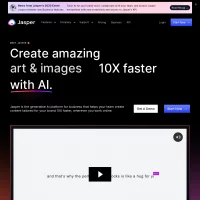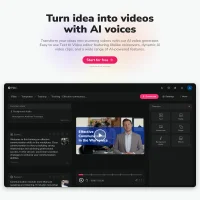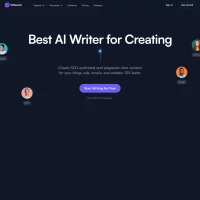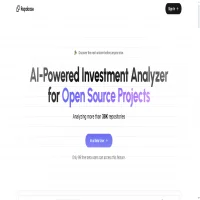Stay Ahead of the Curve
Latest AI news, expert analysis, bold opinions, and key trends — delivered to your inbox.
Mistral AI Releases Mistral Small 3.1: A High-Performance Multimodal Model
2 min read Mistral AI releases Mistral Small 3.1, a 24B parameter multimodal model with a 128K token context window. Faster than Gemma 3 & GPT-4o Mini, it runs locally on an RTX 4090 or MacBook (32GB RAM). A major leap in efficient, open-source AI. March 17, 2025 17:56
As of March 17, 2025, Mistral AI has launched Mistral Small 3.1, an advanced iteration of its compact AI model, bringing efficiency, multimodal capabilities, and strong open-source accessibility.
Key Upgrades & Features.
- 24B parameters for text & vision tasks, making it a multimodal powerhouse.
- 128K token context window—ideal for long-form document analysis & multi-turn conversations.
- Apache 2.0 license, allowing full commercial & non-commercial use.
- Optimized for local deployment, running efficiently on a single RTX 4090 GPU or a MacBook with 32GB RAM (quantized).
How It Compares to Competitors.
- Outperforms models like Google’s Gemma 3 & OpenAI’s GPT-4o Mini.
- Inference speed of 150 tokens/sec, making it ideal for real-time applications (virtual assistants, customer support, on-device AI).
- Strong multilingual support, though specific languages haven’t been detailed.
Why It Matters.
- Flexible fine-tuning – Can be adapted for reasoning, domain-specific expertise (legal, medical, automation).
- Multimodal capabilities – Handles text + images, enabling vision-powered AI assistants & document processing.
- Accessible through Mistral’s developer platform, Hugging Face, Ollama, and other partners.
Mistral’s Rapid Innovation Pace.
- Mistral Small 3 released on Jan 30, 2025 → Now, just weeks later, Mistral Small 3.1 builds on its strengths.
- Initial benchmarks suggest competitive 81% accuracy on MMLU, rivaling Llama 3.3 70B while offering faster inference & multimodal integration.
Final Take.
Mistral Small 3.1 is a significant leap forward in compact, open-source AI. Its blend of efficiency, multimodal power, and developer-friendly accessibility makes it a strong alternative to larger proprietary models—from local inference on personal devices to enterprise-grade AI in finance, healthcare, and robotics.
User Comments (0)
No comments added yet.
Comments will not be approved to be posted if they are SPAM, abusive, off-topic, use profanity, contain a personal attack, or promote hate of any kind.



















 AI Agents
AI Agents